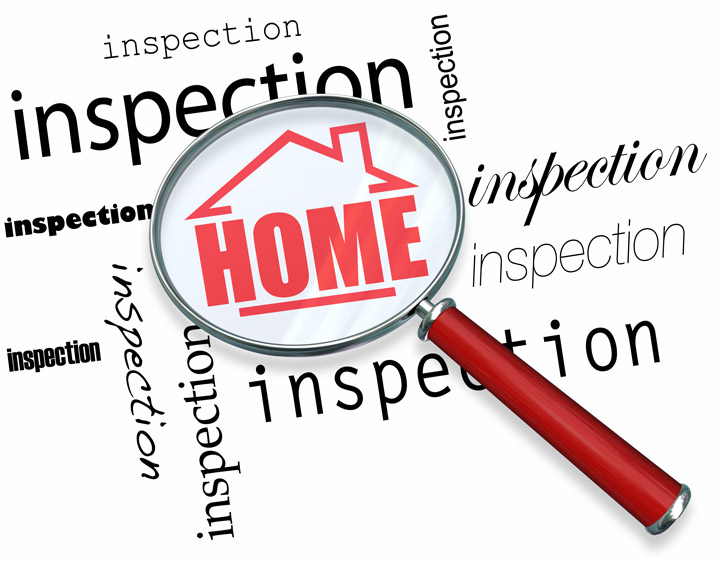
What Are the Parts of an Appraisal?Getting a home is the biggest transaction some might ever make. It doesn't matter if a main residence, a seasonal vacation property or an investment, purchasing real property is an involved financial transaction that requires multiple people working in concert to see it through. Most of the people involved are quite familiar. The most familiar entity in the transaction is the real estate agent. Then, the lender provides the financial capital necessary to bankroll the transaction. The title company sees to it that all aspects of the exchange are completed and that the title is clear to pass to the buyer from the seller. So, what party makes sure the real estate is worth the amount being paid? In comes the appraiser. We provide an unbiased estimate of what a buyer might expect to pay — or a seller receive — for a parcel of real estate, where both buyer and seller are informed parties. A licensed, certified, professional appraiser from Nationwide Property & Appraisal Services will ensure, you as an interested party, are informed. The inspection is where an appraisal beginsOur first task at Nationwide Property & Appraisal Services is to inspect the property to ascertain its true status. We must see aspects of the property first hand, such as the number of bedrooms and bathrooms, the location, amenities, etc., to ensure they truly exist and are in the shape a reasonable person would expect them to be. To ensure the stated square footage has not been misrepresented and illustrate the layout of the house, the inspection often requires creating a sketch of the floorplan. Most importantly, the appraiser identifies any obvious features - or defects - that would have an impact on the value of the property. Once the site has been inspected, an appraiser uses two or three approaches to determining the value of real property: a sales comparison, a replacement cost calculation, and an income approach when rental properties are prevalent. 
Cost ApproachHere, we use information on local construction costs, the cost of labor and other factors to calculate how much it would cost to build a property comparable to the one being appraised. This figure usually sets the maximum on what a property would sell for. It's also the least used method. 
Paired Sales AnalysisAppraisers become very familiar with the communities in which they appraise. They innately understand the value of specific features to the homeowners of that area. Then, the appraiser researches recent transactions in the neighborhood and finds properties which are 'comparable' to the subject being appraised. Using knowledge of the value of certain items such as upgraded appliances, additional bathrooms, additional living area, quality of construction, lot size, we adjust the comparable properties so that they more accurately portray the features of subject property.
In the end, the appraiser reconciles the adjusted sales prices of all the comps and then derives an opinion of what the subject could sell for. When it comes to putting a value on features of homes in Minneapolis and Hennepin, Nationwide Property & Appraisal Services is second to none. This approach to value is commonly awarded the most consideration when an appraisal is for a home exchange. Valuation Using the Income ApproachA third method of valuing a house is sometimes used when an area has a reasonable number of renter occupied properties. In this scenario, the amount of revenue the property produces is factored in with other rents in the area for comparable properties to give an indicator of the current value. ReconciliationAnalyzing the data from all approaches, the appraiser is then ready to put down an estimated market value for the property in question. The estimate of value on the appraisal report is not necessarily the final sales price even though it is likely the best indication of what a property is worth. Depending on the specific situations of the buyer or seller, their level of urgency or a buyer's desire for that exact property, the closing price of a home can always be driven up or down.Regardless, the appraised value is often used as a guideline for lenders who don't want to loan a buyer more money than the property is actually worth. The bottom line is, an appraiser from Nationwide Property & Appraisal Services will help you get the most fair and balanced property value, so you can make the most informed real estate decisions. |